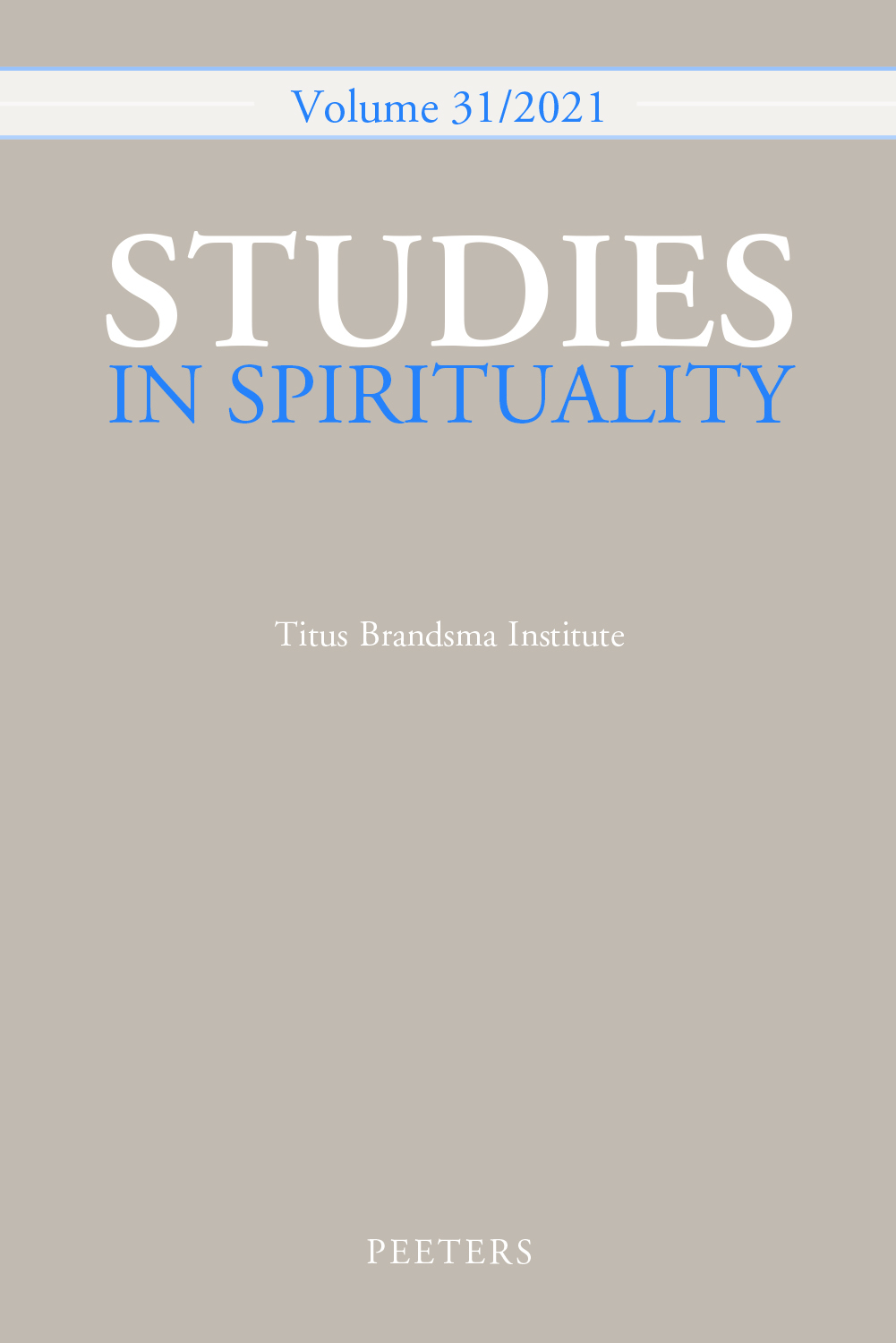 previous article in this issue previous article in this issue | next article in this issue  |

Preview first page |
Document Details : Title: The Ruba'iyat-I -Sarmad, Sufism, and Sarmad's Concept of Mystical Unity Author(s): GRUIJTERS, Roman Journal: Studies in Spirituality Volume: 21 Date: 2011 Pages: 95-121 DOI: 10.2143/SIS.21.0.2141947 Abstract : This article will analyze the religious and mystical identity and character of Muhammad Sa’id Sarmad (±1590-±1660) and his works – especially the Ruba’iyat-I Sarmad - within the context of hybridity and multiple religious belonging. Doing this, we will also consider that Sarmad was one of the many Sufi poets on the subcontinent, which is in fact the historical framework of Sarmad’s mysticism. Sarmad, who originally lived in the Kashan region in Iran seems to have bridged several cultures in Persia and India. Born as a Jew, he read both the Taurat (Torah) and the Injil (Gospel) before studying Islam, to which he converted. Sarmad also played a considerable role at the Mughal court (Delhi), during a regime of religious toleration, called Suhl-i-kuhl. Himself a talented poet and wealthy merchant, Sarmad first became known widely through his Ruba’iyat (a collection of epigrammatic verse quatrains) which rapidly became a sort of bestseller. Besides that he was drawn into the circle of students of religion from which emerged an important work in comparative religion, entitled Dabistān-i Mazāhib (School of Religious Doctrines). |
|


